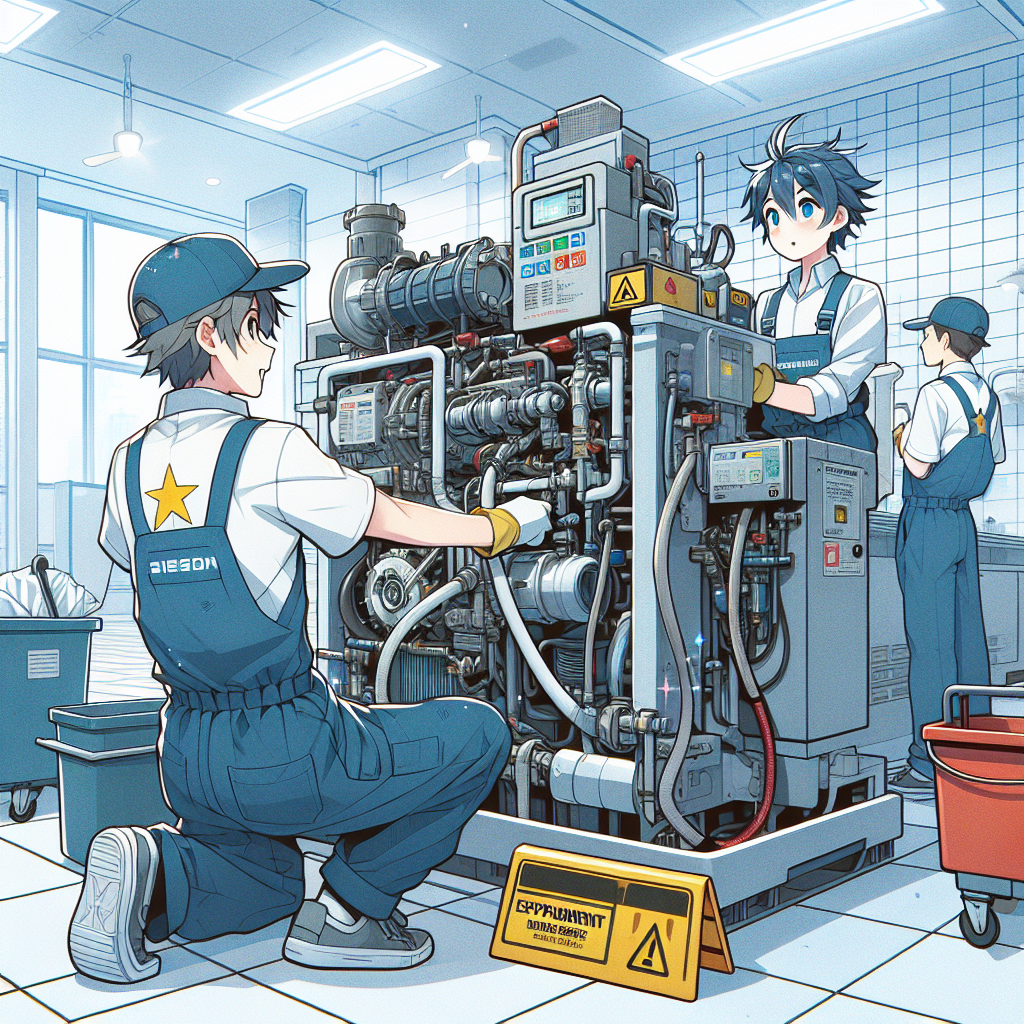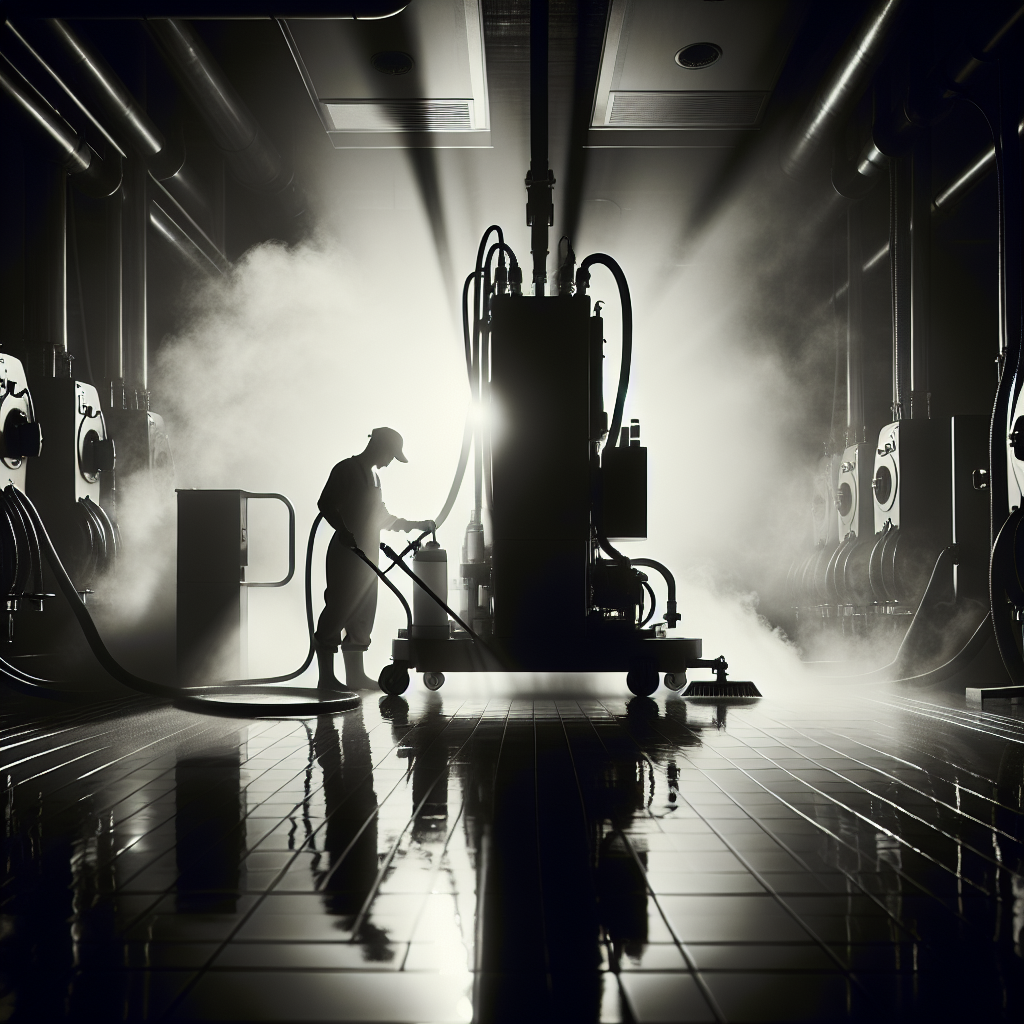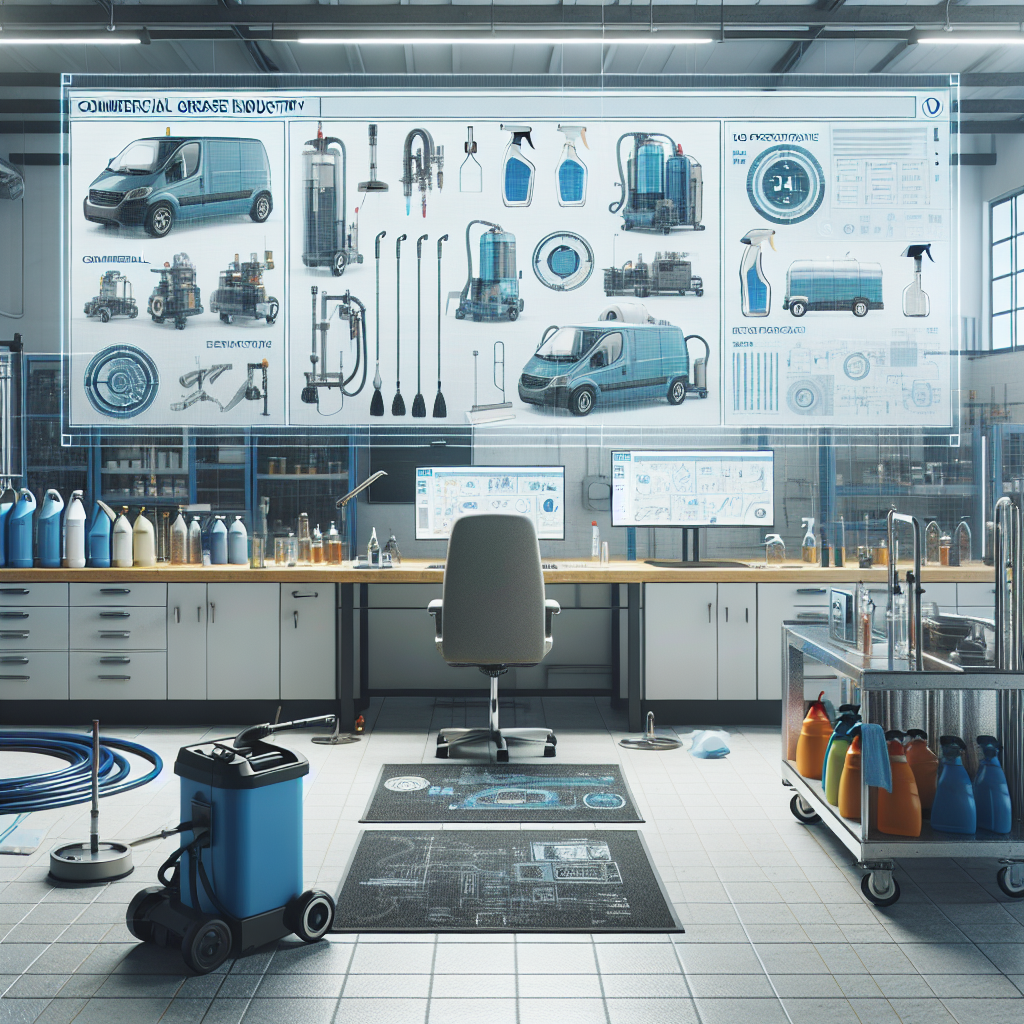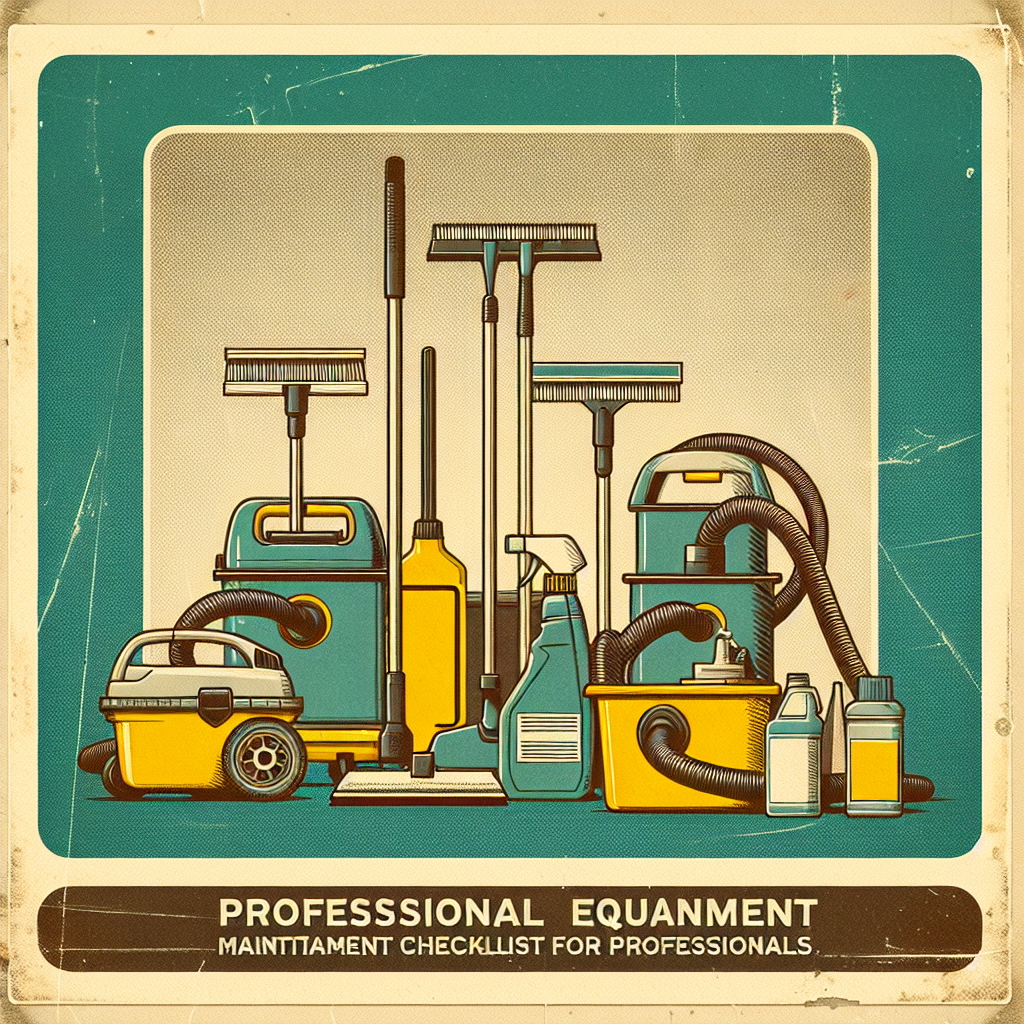As a cleaning industry professional, you understand the importance of maintaining equipment to ensure optimal performance and longevity. Equipment maintenance is not only about fixing issues when they arise but also about proactive care to prevent costly repairs and extend the lifespan of your tools. In this guide, we will delve into the secrets of extending equipment lifespan without incurring expensive repairs.
Regular Cleaning and Inspection
Regular cleaning is essential to prevent dirt and debris from clogging or damaging equipment components. Inspect your equipment before and after use to identify any signs of wear or damage early on.
- Clean equipment surfaces with appropriate cleaning agents and tools to prevent buildup that can lead to corrosion or malfunctions.
- Inspect power cords, hoses, and connectors for any signs of wear or fraying that may pose a safety hazard or indicate the need for replacement.
- Lubricate moving parts according to manufacturer recommendations to prevent friction and premature wear.
Proper Storage Practices
How you store your equipment when not in use can significantly impact its lifespan. Proper storage practices help prevent damage from environmental factors and ensure that your tools are ready for use when needed.
- Store equipment in a clean, dry area away from direct sunlight and extreme temperatures to prevent rust, corrosion, or deterioration of materials.
- Use protective covers or cases for equipment that is easily damaged or sensitive to dust and moisture.
- Secure cords and accessories properly to prevent tangles, kinks, or damage during storage.
Regular Calibration and Adjustment
Proper calibration and adjustment of equipment settings are crucial for maintaining performance and preventing premature wear or damage. Regularly check and calibrate your tools to ensure they operate at peak efficiency.
- Follow manufacturer guidelines for calibration procedures and schedules to maintain accuracy and consistency in equipment operation.
- Keep track of usage hours and performance indicators to schedule timely calibrations and adjustments before significant issues arise.
- Train staff on proper equipment handling and adjustment procedures to prevent misuse or improper settings that can lead to damage.
Timely Repairs and Replacements
While preventive maintenance is key to extending equipment lifespan, timely repairs and replacements are also essential to address issues before they escalate and cause further damage.
- Address minor repairs promptly to prevent them from turning into major issues that require costly fixes or replacements.
- Regularly replace consumable parts such as filters, belts, or blades according to the manufacturer's recommendations to maintain optimal performance.
- Invest in high-quality replacement parts and components to ensure compatibility and longevity of your equipment.
Pro Tip: Keep a detailed maintenance log for each piece of equipment to track cleaning, inspections, repairs, and replacements for a comprehensive maintenance history.
Operator Training and Education
Proper training and education for equipment operators are critical to prevent accidents, misuse, and premature wear that can shorten the lifespan of your tools.
- Provide comprehensive training on equipment operation, safety procedures, and maintenance practices to ensure that operators handle tools correctly and responsibly.
- Emphasize the importance of regular maintenance and care to operators to instill a culture of responsibility and ownership for equipment longevity.
- Encourage operators to report any issues or abnormalities they notice during equipment use to address problems promptly and prevent further damage.
Routine Performance Testing
Routine performance testing helps identify potential issues, inefficiencies, or malfunctions in equipment before they impact performance or lead to costly repairs.
- Conduct regular performance tests according to manufacturer guidelines to assess the functionality and efficiency of your equipment.
- Keep records of performance test results to track changes over time and identify trends that may indicate the need for maintenance or adjustments.
- Use performance testing as a proactive measure to address issues early and optimize equipment performance before problems escalate.
By implementing these strategies for extending equipment lifespan and minimizing costly repairs, you can ensure that your tools remain in top condition for longer, saving time and resources in the long run.



